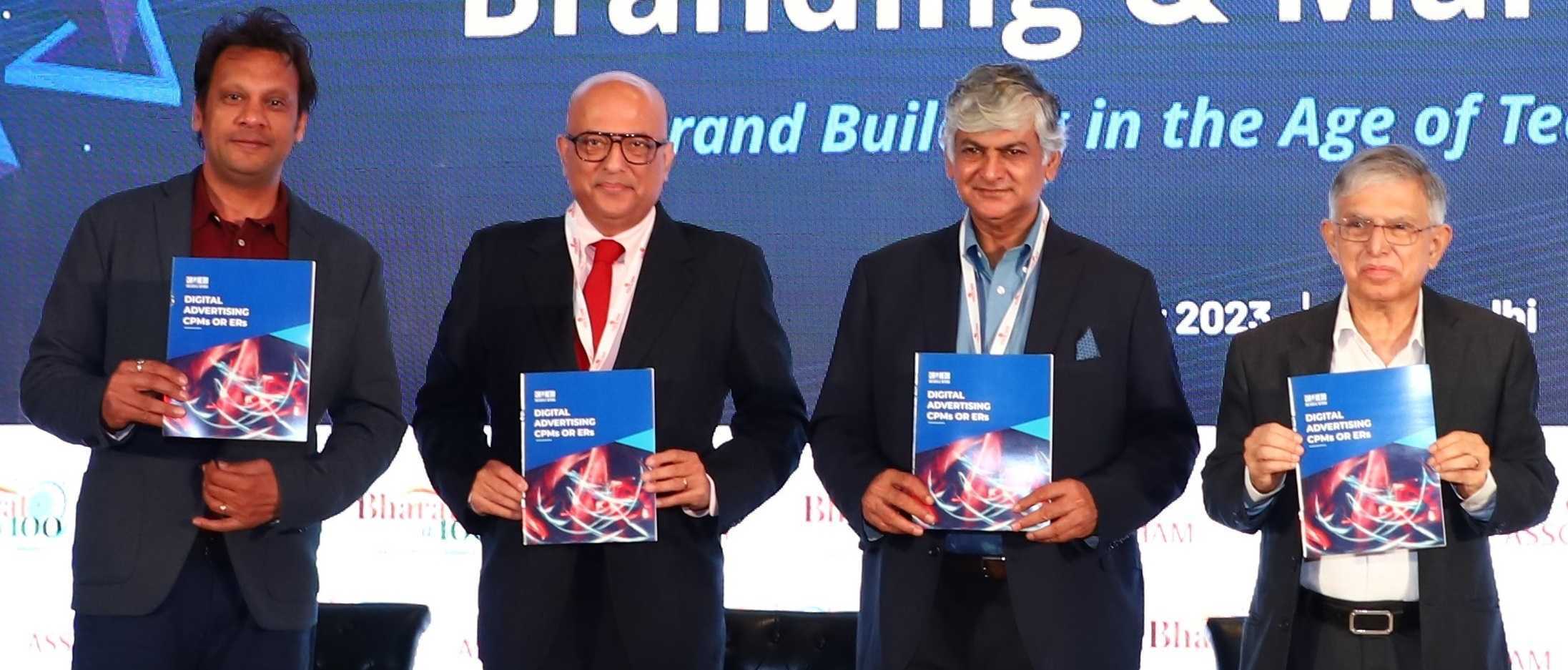
OVERVIEW
A growing number of consumers have joined the ranks of ‘cord-cutters’ by switching their viewing habits online. This phenomenon of cord-cutting has thereby resulted in the migration of viewers from cable & satellite broadcast to streaming platforms, which has further driven the rising OTT consumption. As these streaming platforms evolve, it is essential to understand the incremental reach that can allow publishers/advertisers to seize and capture an appeal with a huge, engaging digital audience. Coincidentally, India also has the largest population base of younger audiences from around the world. As a result, this mega market of primary internet consumers has driven the digital media consumption across the region. Rising internet penetration along with the provision of 3G and 4G services have bolstered the ever-growing consumption of smart devices and the fast reducing data cost.

